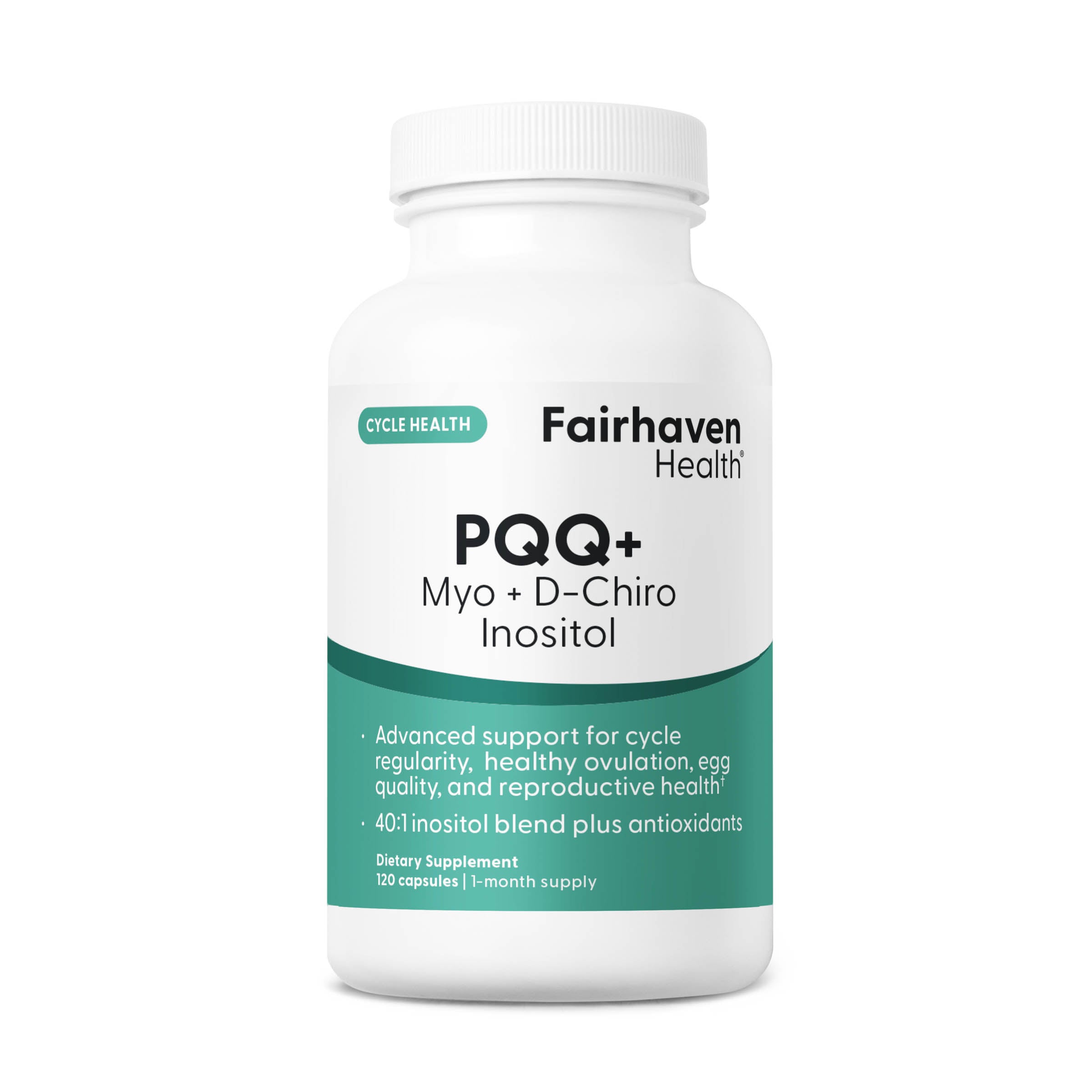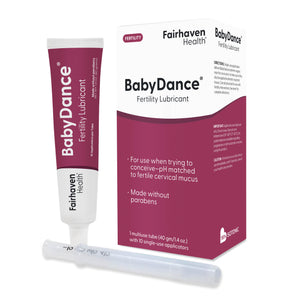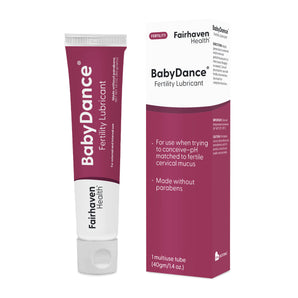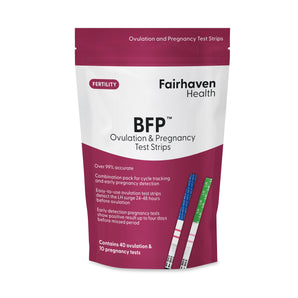Can I Increase My Odds of Conceiving & Choose Gender?
What does it mean to "time lovemaking"? To provide a brief summary, timing intercourse (i.e., procreative sex) refers to planning to make love around your most fertile time of the month, the days just preceding and during ovulation. You do not need a stopwatch to "time intercourse" - it's not a race - but you may need an ovulation calendar or fertility chart (or ovulation tests) so you can identify your "fertile window" - those crucial days of the month when you can conceive a baby.
What is my Window of High Fertility?
Peak fertility is a short "window" of opportunity - just a small handful of days each month - when getting pregnant becomes possible. Let's look at the variables involved in conceiving...
First, pregnancy is only possible if an ovum (or egg) is present - and this occurs when you ovulate sometime during the middle of your menstrual cycle. Once you ovulate, the ovum can survive for about 24 hours. Sperm, on the other hand, can survive for a few days inside a woman's body. In an ideal situation (e.g., healthy/motile sperm, an abundance of "fertile-quality" cervical mucus), sperm can live about five days inside the vagina and womb. Given this ideal, the duration of the fertile window will be six days: the five days preceding ovulation and the 24 hours following the release of the ovum. However, the fact is that fertile cervical fluids may not be present in all women several days before ovulation - and not all sperm will be able to survive so long due to variables like sperm metabolism, sperm longevity, pH levels of the vagina, quality and quantity of CM.
Statistically speaking, peak fertility comes down to the two prior to when you ovulate and the 24 hours after the egg is released (even though it may be theoretically possible to become pregnant within the wider five or six day window). Therefore, if you can identify your fertile window accurately and time intercourse, your chances of getting pregnant are vastly improved.
Frequency of Intercourse at High Fertility
Research indicates time and again that making love regularly throughout your entire cycle - and specifically during the three days of your fertile window - is the key to becoming pregnant sooner. Unless the male partner has documented issues with sperm count, you can make love as much as you want throughout your cycle. In other words, it is not necessary to hold off on sex (or reduce the frequency of intercourse) during non-fertile days to ensure there is a reservoir of sperm present. In fact, doctors recommend that you make love on non-fertile days as well. If sperm count problems are an issue, your doctor can advise you when and how often you should time sex.
When it comes to your fertile time (those three key days noted above), frequency of intercourse should be increased and you should try to make love at least once per fertile day. Each day you make love during this 72-hour, high-fertility window, your odds of becoming pregnant get better and better.
Pinpointing Ovulation and Timing Lovemaking
If you know - or can predict - when you ovulate each month, then you can easily identify your fertile window and time intercourse accordingly. Ovulation-Calculator.com offers tons of methods and tips on predicting your most fertile time, from using OPKs, ovuscopes, and fertility monitors to developing a comprehensive fertility calendar that integrates BBT charting with observing fertility signs like changes in cervical mucus, midcycle pains, position of cervix, etc.
Timing Lovemaking to Choose Baby Gender
Is it possible to choose the gender of my future child through timing lovemaking? A good question! And while there is much literature on this issue and plenty of theories that revolve around timing sex, special "gender diets", and sexual positions, scientists, doctors, and researchers are still engaged in heated debate over the efficacy of various gender selection techniques. In a nutshell, dominant theories like the Shettles Method suggest that you can influence the gender of your baby by timing intercourse. These theories are based on the following principles.
1. The father's sperm determines the gender of a baby. A sperm either carries an X chromosome (girl) or a Y chromosome (boy). Each type of sperm ("girl" or "boy") exhibits different physical characteristics.
2. X chromosome sperm are slow but more robust. They have a long life-span. Y chromosome sperm exhibit high motility, they are fast, small, but have a relatively short life span.
3. By timing sex close to ovulation, you favor the Y chromosome sperm (boys) as they can swim quickly and reach the egg first. Lifespan and resiliency is less of a factor.
4. By timing sex further from ovulation (at the start of peak fertility only), you favor the X chromosome sperm (girls) who are larger, stronger, but swim more slowly. Speed is less a factor than lifespan and resiliency.
To learn more about choosing gender, visit our three part article series on these methods. However, it should be made clear that trying to time intercourse to select gender means that you are reducing the days and frequency of lovemaking during your fertile window. While you may increase the chances of having a boy or a girl, you will decrease the overall odds of conceiving! When you consider that fact that these gender selection theories are largely dismissed by a big part of the scientific/medical community, you may wish to focus on conception itself while leaving gender to fate and destiny!







